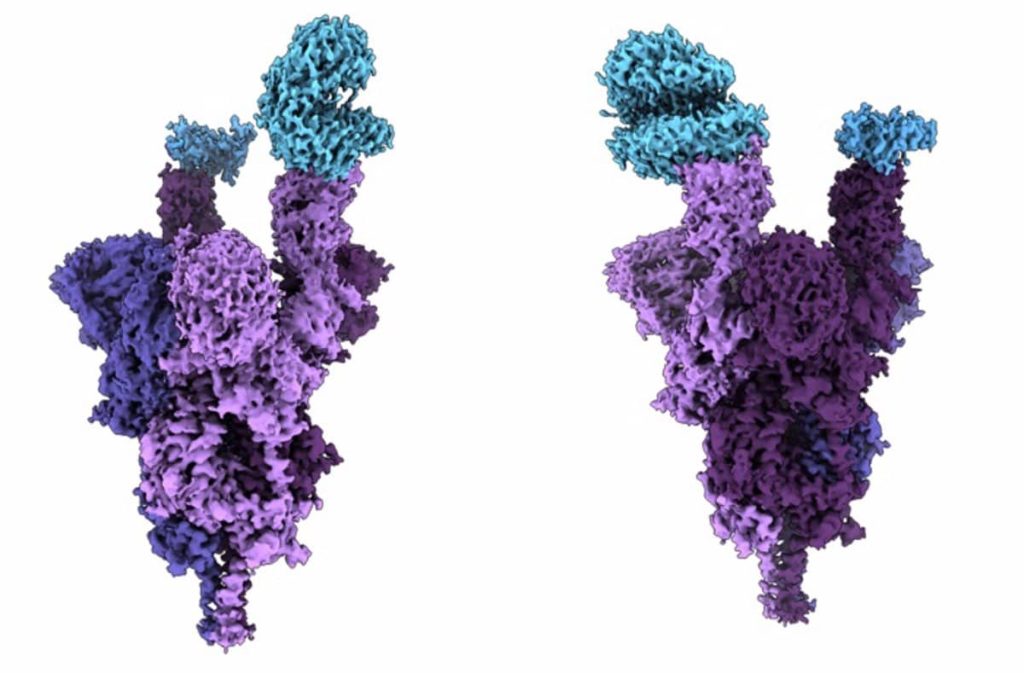PARIS, October 28 (Europe Press) –
The World Health Organization (WHO) Technical Advisory Group on the Evolution of SARS-CoV-2 (TAG-VE) concluded that the omicron BQ.1 and XBB subvariants do not differ sufficiently to be classified as variants.
“Based on the currently available evidence, TAG-VE does not consider the overall phenotype of XBB and BQ.1 to be sufficiently different from each other, or from other omicron strains with additional immune escape mutations, to justify the assignment of a new variant,” the expert group explained in Statement after its meeting on Monday, October 24.
In this way, TAG-VE determined that these two sublines are “still part of the omicron, which remains a different concern”. But this decision “will be periodically re-evaluated.” “If there are significant new developments that warrant a change in public health strategy, WHO will immediately alert Member States and the public,” TAG-VE adds.
XBB is a recombination of the omicron sublines BA.2.10.1 and BA.2.75. According to data for the week of October 3-9, the global prevalence was 1.3% and the disease was detected in 35 countries. A significant increase in the prevalence of XBB* was observed in regional genetic surveillance, but has not been consistently associated with an increase in new infections.
Although further studies are needed, the current data do not indicate substantial differences in disease severity for XBB infection. However, there is preliminary evidence to suggest an increased risk of reinfection compared to other prevalent Omicron sublines,” the panel says.
They also noted, “At this time, there are no data to support the avoidance of modern immune responses induced by other omicron strains.” Whether increased immune evasion of XBB is sufficient to trigger new waves of infection appears to depend on the regional immune landscape, influenced by the magnitude and timing of previous omicron waves, as well as COVID-19 vaccine coverage.

As for BQ.1, it is a sublineage of BA.5, which carries mutational spikes at some key loci. In addition to these mutations, it carries an additional spike mutation at a key antigen site (eg R346T). In the week of October 3-9, the prevalence of BQ.1 was 6% and it was detected in 65 countries.
Although there are no data on immune severity or escape in human studies, BQ.1” shows a significant growth advantage over other omicron sub-lines circulating in many places, including in Europe and United Stateand therefore requires careful monitoring.
“It is possible that these additional mutations conferred an immune escape advantage over other circulating omicron subspecies, so the increased risk of reinfection is a possibility that needs further investigation.” At present, there is no epidemiological data to conclude that the severity of the disease has increased,” they say.
Experts believe that “the effect of observed immune changes on vaccine escape remains to be demonstrated. They emphasized that “based on the currently available knowledge, the protection of vaccines (indicator vaccines and recently introduced bivalent vaccines) against infection can be reduced, but no significant effect is expected. to protect against serious diseases.

“Music guru. Incurable web practitioner. Thinker. Lifelong zombie junkie. Tv buff. Typical organizer. Evil beer scholar.”






More Stories
A large manufacturing project awaits space in the industrial zone
According to science, here are officially the two most beautiful first names in the world
Green space, 100% pedestrianized: DIX30 reinvents itself